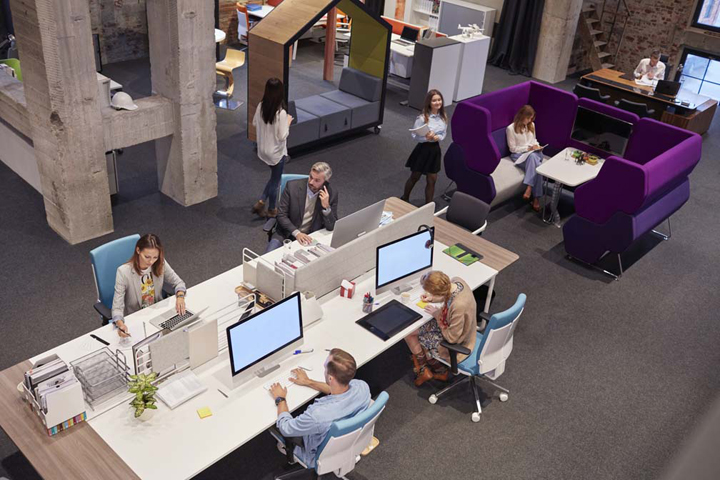
THERE will be a major shift in the workplace in 2021 which will give emphasis on the worker’s welfare, according to the leading official of a major proper consultancy and management company.
“The pandemic has driven employees to prioritize what matters in their work life,” JLL Philippines country head Christophe Vicic said in a recent webinar.
“Employee health and well-being will be the central real estate strategy and investment,” Vicic added.
Technology will play a vital role in the formation of a hybrid working as employees will have to work a huge amount of time in their homes. This in response to the Covid-19 pandemic where employers envision the future of work is about being responsible and sustainable. “We define hybrid as a flexible way of working that involves sometimes being physically present in the corporate office and sometimes working in a distributed manner leveraging Cloud technologies to enable work from everywhere,” Vicic explained.
In a survey conducted by JLL in three regions in February, 39 percent of organizations in Asia Pacific said they expect their employees to work twice a week in a post Covid period. Other results in the APAC survey indicated 36 percent were undecided while 12 percent said they think three days is good. Other areas covered by the survey were the Americas, and Europe, Middle East and Africa, also known as the EMEA group.
Vicic said the office will “preserve engagement, emotional well-being and mental health. “If more than two days of work, morale can be affected.”
“The office is becoming a hub for collaboration, problem solving and career development,” Vicic pointed out.
To boost morale of the employees, the study said employers should establish amenities such as socialization spaces (49 percent), spaces for shared community interests (44 percent), spaces connected with nature (44 percent), learning and development spaces (43 percent), creative spaces (32 percent), spaces for shared community interests (26 percent) and incubators (25 percent).
In crafting a hybrid model, Vicic said six issues must be addressed. These are the following:
1. How is work being performed today?
2. What are the new work force preferences?
3. What is the size of the workplace?
4. What is the right mix and balance for the future hybrid work model?
5. How can we transform and still maintain our culture and;
6. How can we enable resiliency for the future?
For sure, the hybrid model will definitely appeal to the work force. Nevertheless, Vicic stressed that the model might not be relevant for all organizations and possibly be adopted at different degrees of intensity. “Notably, we must look at hybrid in the context of a future of work continuum, an integrated continuum that includes work, the work force, the workplace and the real-estate portfolio,” Vicic pointed out.
Meanwhile, the Lobien Realty Group (LRG) noted the work from home model will definitely affect office take-up in the long run and stressed that this kind of setup may not be sustainable especially for those that don’t have good Internet access and connectivity and for those living in poor workplace environments.
“LRG believes that at this time landlords/building owners need to be more flexible in their commercial terms when accepting new tenants,” the company said in a press statement.
Aware of the situation, some landlords are more open in signing short-term leases compared to the usual three-to-five-year leases that landlords require. Furthermore, LRG urged landlords/building owners to lower rental rates so they can lease their spaces quickly rather than let units remain unoccupied for many months.
Image courtesy of Getty Images/Westend61
Read full article on BusinessMirror

